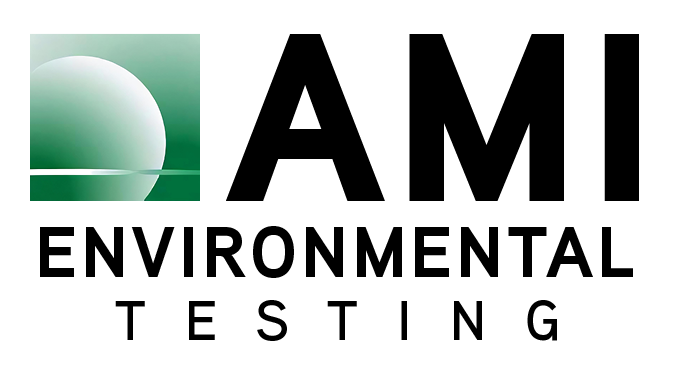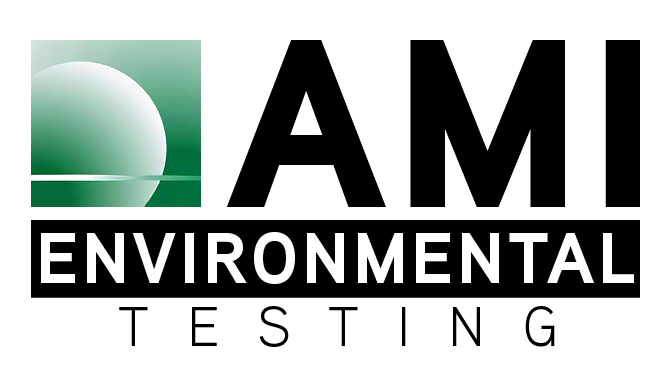April 22, 2025
A mold investigation is crucial for maintaining a healthy indoor environment, particularly in facilities where people spend significant amounts of time. Here are key scenarios when scheduling a mold investigation becomes essential:
- Unexplained Occupant Symptoms
If occupants experience unexplained health symptoms like persistent headaches, coughing, sneezing, brain fog, or skin irritation, it may be a sign of mold exposure. Mold releases spores and volatile organic compounds (VOCs) that can affect indoor air quality and trigger health issues, especially for individuals with allergies or respiratory conditions. If symptoms improve when leaving the building, a mold problem is likely and warrants immediate investigation. - Recent Water Events
Mold thrives in moist environments, making a recent water event a significant red flag. Events like flooding, roof leaks, burst pipes, or water infiltration can create the perfect breeding ground for mold. Since mold can develop 24 to 48 hours after water damage, a prompt inspection is critical to prevent widespread contamination and costly remediation efforts. - Musty Odors
A persistent musty smell is often an early sign of mold growth. Even if mold isn’t visible, odors may indicate hidden mold in walls, ceilings, or HVAC systems. Ignoring these odors can allow mold to spread, causing structural damage and worsening indoor air quality.
Why Act Quickly?
A professional mold investigation helps identify hidden mold sources, assesses air quality, and determines the extent of contamination. Acting quickly protects occupant health, minimizes repair costs, and prevents long-term damage to the facility. Contact AMI Environmental for more information.



